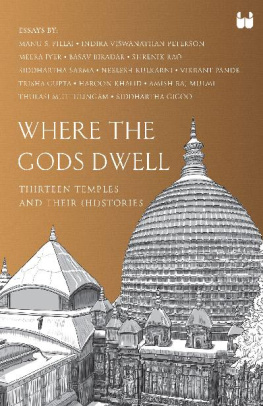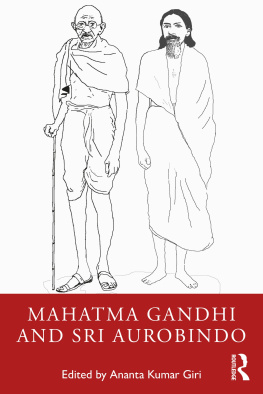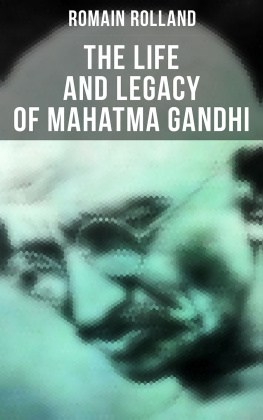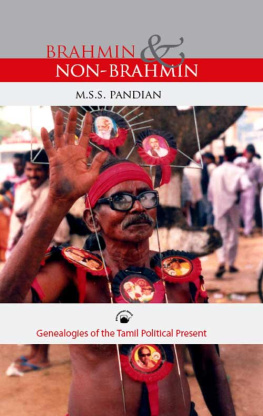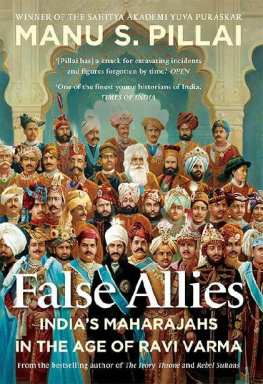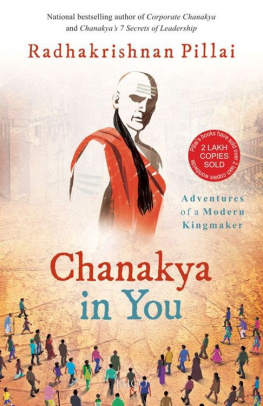
Praise for Rebel Sultans
[Rebel Sultans ] is dazzling storytelling. Pillai has employed an extraordinarily powerful imagination and a prodigious talent with words to write a genuine thriller that is near impossible to shut before reaching the end. The Indian Express
this rather remarkable young author is back with Rebel Sultans a fast-paced greatest hits of the [Deccans] medieval roller-coaster ride Scroll.in
this fine book (is) nuanced convincing when assertive (this) is scholarship. Business Standard
Rebel Sultans is a remarkable, daring book. Hindustan Times
a fascinating book, with delectable minutiae in practically every page Outlook
Writing in an eloquent and lucid style, Pillai holds his readers spellbound The Hindu
One of Indias finest young historians Pillai unravels a forgotten chapter in our medieval past A charming and contemporary history book The Times of India
One of Indias finest young historians Open
in an elegant and lucid style Pillai brings together a wide range of sources to weave a fascinating narrative of a historically important and understudied region and period in South Asian history Pillais book is significant not only because it is the first history of the Deccani Sultanates written for a general audience, but also because of the breadth of sources it integrates (which) gives the work a notable sophistication Rebel Sultans is an excellent contribution from which both scholars and the general public will benefit. Studies in History
Praise for The Ivory Throne
a gem of a book The Indian Express
the wealth of information crammed into this book is bewildering Especially when you keep in mind that Pillai is only 25 and this is his first book, The Ivory Throne is a magnificent effort. Mint
This 700-page whopper of a book swirls through Keralas history like a dervish possessed by the intention of telling a magnificent story, and telling it marvellously well. The New Indian Express
A detailed work of history The achievement of the book matches its ambition You will not regret the many hours you commit: It is an absolute delight. Business Standard
a brilliant debut The Ivory Throne is an exceptional work; the achievement falls into perspective when you realise that Pillai is just 25 years old. DNA
a particularly fascinating account The Ivory Throne is also a sociological studyperhaps the first of its kind The Tribune
A riveting read Even a cursory glance makes one forget that it is a debut work by a writer in his mid-twenties an awesome achievement. Hindustan Times
a gripping historical account The Telegraph
A clear-headed history Well-researched and well-written, The Ivory Throne adds a new point of view to the study of Kerala. Outlook
vast and learned Pillai has given us a wonderful book. Asian Review of Books
a distinguished piece of work Deccan Herald
Pillais work breaks new ground Fountain Ink
a thoroughly enjoyable read India Currents


First published by Context an imprint of Westland Publications Private Limited in 2019
1st Floor, A Block, East Wing, Plot No. 40, SP Infocity, Dr MGR Salai, Perungudi, Kandanchavadi, Chennai 600096
Westland, the Westland logo, Context and the Context logo are the trademarks of Westland Publications Private Limited, or its affiliates.
Copyright Manu S. Pillai, 2019
Illustrations Copyright Priya Kuriyan, 2019
Manu S. Pillai asserts the moral right to be identified as the author of this work.
ISBN 9789388689786
The views and opinions expressed in this work are the authors own and the facts are as reported by him, and the publisher is in no way liable for the same.
A number of essays in this collection were published in a shorter format in the authors column Medium Rare in Mint Lounge . Other essays were first published in The Hindu , Hindustan Times , Open , The News Minute and Mathrubhumi .
All rights reserved
No part of this book may be reproduced, or stored in a retrieval system, or transmitted in any form or by any means, electronic, mechanical, photocopying, recording, or otherwise, without express written permission of the publisher.
For Achu
CONTENTS

We live in times when history is polarising. It has become to some an instrument of vengeance, for grievances imagined or real. Others remind us to draw wisdom from the past, not fury and rage, seeing in its chronicles a mosaic of experience to nourish our minds and recall, without veneration, the confident glories of our ancestors. The collection you hold tells stories from Indias countless yesterdays and of several of its men and women. It is an offering that seeks to reflect the fascinating, layered, splendidly complex universe that is Indian history at a time when life itself is projected in tedious shades of black and white. There is much in our past to enrich us, and a great deal that can explain who we are and what choices must be made as we confront grave crossroads in our own times. But, in the end, each reader must draw her own conclusionsthis book seeks only to light the way, and to reiterate the importance of that age-old principle: context.
MANU S. PILLAI
May 2019

In 1623, a venerated sanyasi arrived at the court of the poligar (governor) of Sendamangalam, in Tamil Nadu. On the face of it, he was like other divines of his time: One acolyte held up a cadjan parasol, while another carried the tiger skin on which the holy man reposed. Yet another cradled his books, and a fourth a vessel with sanctified water to be sprinkled wherever the party made a halt. Ramachandra Nayaka, lord of Sendamangalam, received them warmly and washed the gurus feet with reverence. In the conversation that followed, a grant of land and other favours were discussed so that the sanyasi might establish a branch of his mission at this important urban centre. After spending a respectable amount of time in the area, the visitors carried on with their travels, going to Salem, where too the provincial administrator received the old man with deference. He was assigned lodgings in the finest quarter of the town, and received also a promise of that coveted thing: the governors official friendship.
When Roberto de Nobili was born in Montepulciano, Italy, in 1577, nobody in his family could have guessed that the boy would spend most of his life oceans away, in the dusty plains of the Indian peninsula, dressed as a sanyasi. The de Nobilis were a military setthey claimed descent from the Holy Roman emperor Otto III, and were related to cardinals, saints, and even a pope or two. As the eldest son of his house, Roberto was expected to carry on the line, but by adolescence he had already quarrelled with his parents and announced his desire to serve the Catholic church. He fled in disguise to Naples and obtained a theological education before setting sail, in 1604, for India. The journey was not smooththe
Next page

